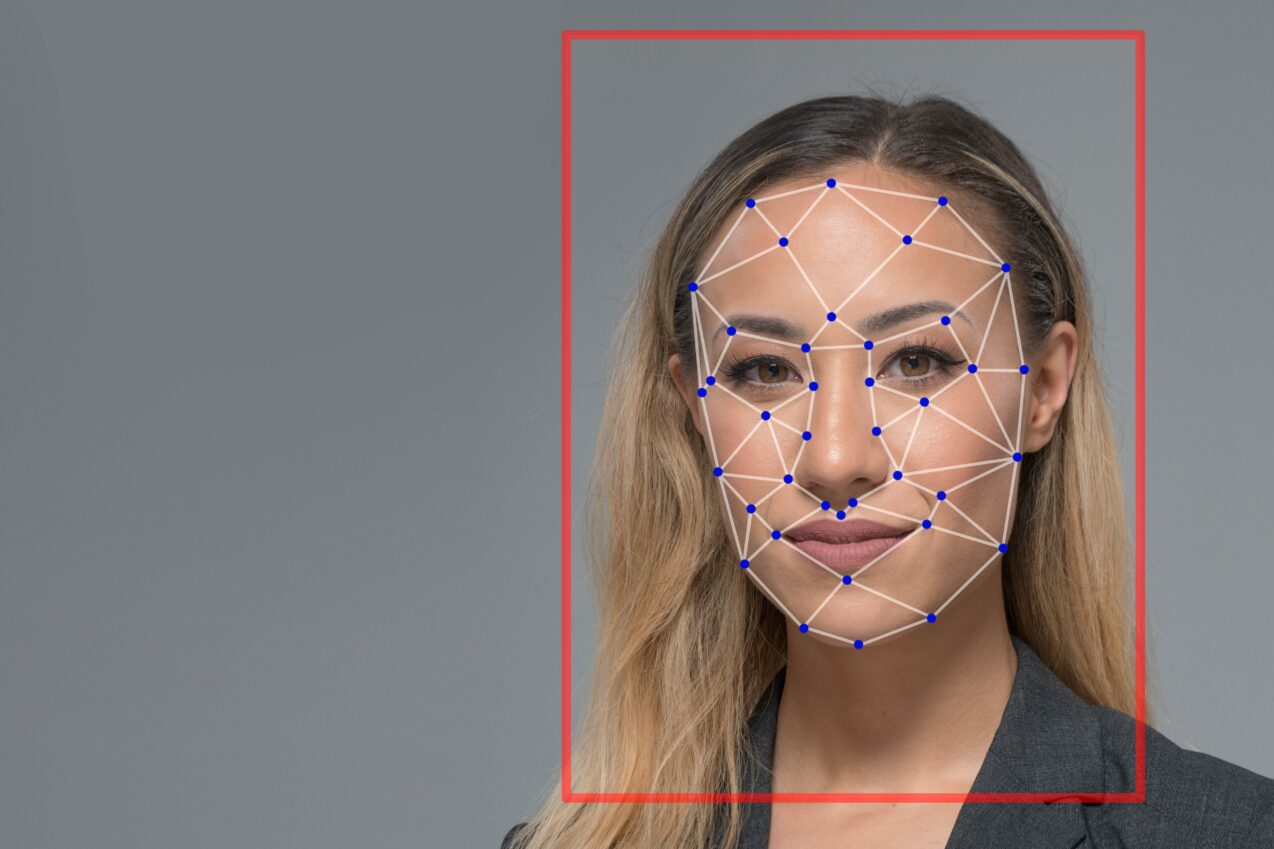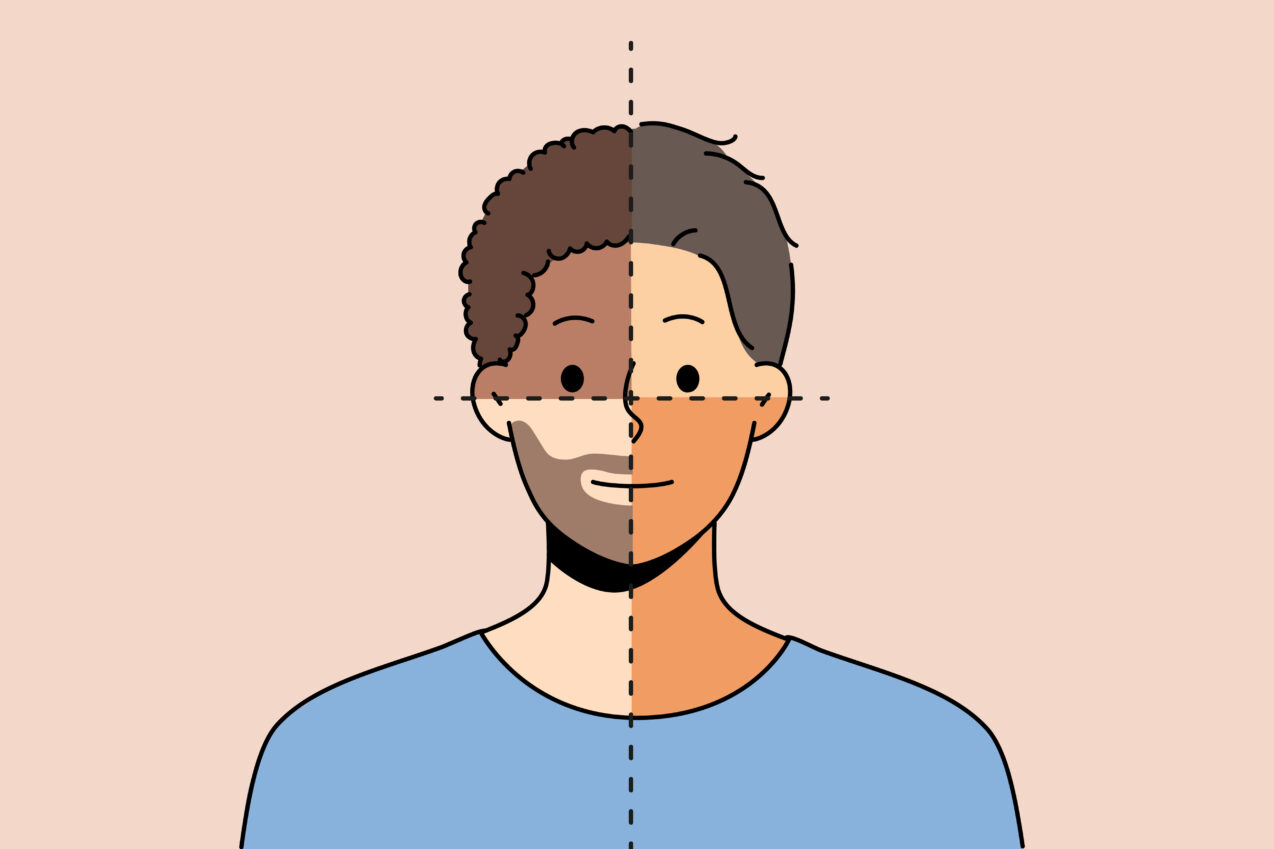Scientists studying individuals with extraordinary face recognition abilities, known as super-recognizers, are uncovering new insights into how the human brain processes faces and identities.
According to researchers at the University of New South Wales and the University of Lausanne, these rare individuals can identify unfamiliar faces after only a brief glimpse. This skill sets them apart from both typical people and those with face blindness.
"The face is the most important visual stimulus for humans in their environment, probably throughout evolution," said David White, associate professor of psychology and lead investigator of the Face Research Lab at the University of New South Wales, Sydney. "We're a social species, and the information contained in the face is vital to behave rationally in a social environment."
Face recognition ability exists on a spectrum, with two to three percent of people experiencing face blindness, or developmental prosopagnosia, at one end. These individuals struggle to recognize even familiar faces, including those of family members. At the opposite end are super-recognizers, who demonstrate remarkable accuracy in identifying faces they've seen only briefly.
Meike Ramon, assistant professor and head of the Applied Face Cognition Lab at the University of Lausanne, explained that super-recognizers possess a unique ability to create three-dimensional mental representations of faces from two-dimensional images. Most people fall between these extremes, finding it easy to recognize familiar faces but challenging to identify unfamiliar ones.
Recent research reveals distinct patterns in how super-recognizers process visual information. A 2022 study by Ramon and colleagues found that super-recognizers spend more time looking at faces in photographs compared to others. They also immediately focus on faces regardless of their position in an image, particularly the area below the eyes.

"It seems like faces are extremely salient for super-recognizers for reasons that we still don't know," Ramon said.
Brain activity measurements using electroencephalography (EEG) showed that super-recognizers process visual information differently from typical individuals. According to a 2024 study, their brains respond distinctively to visual stimuli within 65 milliseconds of viewing an image, faster than an eye blink. This different neural response occurs regardless of what they're looking at, suggesting broader differences in visual processing.
White's research indicates that super-recognizers' abilities may extend beyond visual recognition. A 2021 study of 529 participants found they excelled at identifying both unfamiliar and familiar voices, despite having average pitch discrimination abilities.
However, super-recognizers aren't infallible. They share a common limitation with typical individuals: They find it more difficult to distinguish between the faces of people from different ethnic backgrounds than their own.
The growing awareness of super-recognizers has led to increased interest in their potential role in law enforcement and security work. Both Ramon and White have collaborated with police forces in Berlin and New South Wales, respectively, to identify people with superior recognition abilities.
A 2023 study comparing super-recognizers to trained forensic examiners revealed distinct approaches to face identification. Super-recognizers made quick, intuitive judgments with high accuracy after just two seconds, while forensic examiners took up to 30 seconds and used a more systematic approach.
"What super-recognizers are doing is more of a black box," White said. "It's more of an automatic processing."
The research suggests that while training someone to become a super-recognizer is impossible, typical individuals can improve their face recognition skills. A 2021 study showed that teaching novices to focus on specific facial features like ears, scars, freckles, and blemishes improved their accuracy by 6 percent after just six minutes of training.
Researchers note that understanding super-recognizers' abilities could provide valuable insights into how the brain transforms unfamiliar faces into familiar ones. This process remains poorly understood despite its importance in human social interaction.
The ongoing research into super-recognizers represents a significant step forward in understanding human face-processing abilities and their variations across the population. This knowledge could have practical applications in security and law enforcement while advancing our understanding of human cognition and social interaction.

 Trump has begun another trade war. Here's a timeline of how we got here
Trump has begun another trade war. Here's a timeline of how we got here
 Canada's leader laments lost friendship with US in town that sheltered stranded Americans after 9/11
Canada's leader laments lost friendship with US in town that sheltered stranded Americans after 9/11
 Chinese EV giant BYD's fourth-quarter profit leaps 73%
Chinese EV giant BYD's fourth-quarter profit leaps 73%
 You're an American in another land? Prepare to talk about the why and how of Trump 2.0
You're an American in another land? Prepare to talk about the why and how of Trump 2.0
 Chalk talk: Star power, top teams and No. 5 seeds headline the women's March Madness Sweet 16
Chalk talk: Star power, top teams and No. 5 seeds headline the women's March Madness Sweet 16
 Purdue returns to Sweet 16 with 76-62 win over McNeese in March Madness
Purdue returns to Sweet 16 with 76-62 win over McNeese in March Madness








